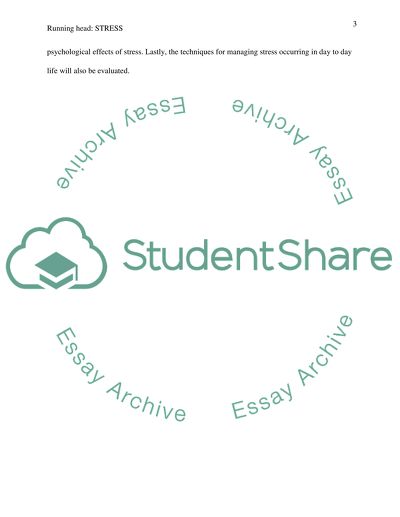Cite this document
(“Term Paper about Stress Example | Topics and Well Written Essays - 2250 words”, n.d.)
Term Paper about Stress Example | Topics and Well Written Essays - 2250 words. Retrieved from https://studentshare.org/psychology/1455466-stress
Term Paper about Stress Example | Topics and Well Written Essays - 2250 words. Retrieved from https://studentshare.org/psychology/1455466-stress
(Term Paper about Stress Example | Topics and Well Written Essays - 2250 Words)
Term Paper about Stress Example | Topics and Well Written Essays - 2250 Words. https://studentshare.org/psychology/1455466-stress.
Term Paper about Stress Example | Topics and Well Written Essays - 2250 Words. https://studentshare.org/psychology/1455466-stress.
“Term Paper about Stress Example | Topics and Well Written Essays - 2250 Words”, n.d. https://studentshare.org/psychology/1455466-stress.


